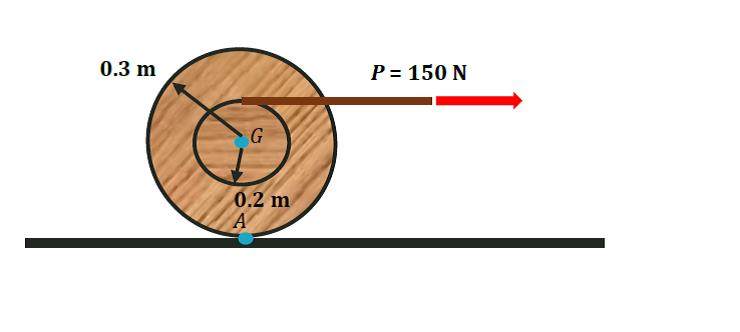
Previous literature, concerning the fracture of human femurs as a result of falling, conducted biomechanical tests in a quasi-static state and fracture was induced by force 7. In the real world, a hazardous load is induced via a short impulse after conversion of potential energy while standing to kinetic energy during a fall 6. For simple pads, a proportional relationship was found between maximum acceleration, which is directly proportional to force, and peak pressure 5. In addition to preventing major fractures, a reduction in local pressure on the impact zone is also desirable. In the elderly, special padding on the hips can reduce the effect of an unexpected fall 4. For athletes, the use of kneepads results in a 56% reduction in the rate of knee injuries 3. dissipation of energy), or temporarily storing energy. This can be achieved by either damping (i.e. To reduce the risk of injury, padding must reduce the impact forces acting on the musculoskeletal system. In some sports, the usage of protective equipment, such as pads, is mandatory. Impact on the knees during a fall is a hazard prevalently occurring during various sporting activities, or in the elderly community 1, 2. Based on this study, future developments in padding might benefit from focusing on the aspect of energy storage and temporarily delayed energy dissipation. The mechanical behavior more closely resembled a spring that temporarily stores energy and consequentially reduces peak forces upon impact. Contrary to expectations, the knee pad did not act as a mechanical damper.

The results from this study illustrate the magnitude of influence that knee pads have on peak forces, transmitted impulse, and energy transfer from a high-force impact in real-life scenarios. Energy dissipation, defined as the difference between kinetic energy pre-impact and peak potential energy post-impact, was higher without a knee pad (no pad: 10.5 J SD: 6.2 J pad: 4.2 J SD: 5.0 J p < 0.001). This effect diminished as drop height was increased. Therefore, the observed impulse was also increased (no pad: 62.2 Ns SD: 17.8 Ns pad: 74.6 Ns SD: 18.6 Ns p < 0.001). The usage of a knee pad led to an average peak force attenuation on impact of 15% (no pad: 5932 N SD: 2472 N pad: 4210 N SD: 2199 N p < 0.001). Eight human knee cadaver specimens were embedded and fixed with a flexion angle of 100 degrees in a custom-made drop testing device (75 kg including the knee). We hypothesized that knee pads reduce the force and energy transmitted to the bony structures of the knee cap compared with unprotected conditions. This study compares the effect of wearing knee pads to unprotected impact on a hard surface. The people in this video are well practiced at techniques for reducing forces by extending impact time.The mechanics of protective knee padding mitigating injury from a high-force fall have not been investigated in real-life scenarios to date. \boldsymbolĪnd adding the 1000 N body weight to get the total force on the feet we get 6,000 N. The impulse-momentum theorem states that the impulse applied to an object will be equal to the change in its momentum. time curve for the collision such as those in the previous example).

( Alternatively, the impulse is equal to the area underneath the force vs. The impulse can be calculated by multiplying the average net force ( F ave) by the duration of the collision ( Δt). The combination of the force and collision duration is known as the impulse.
AN IMPULSIVE FORCE OF 100 N HOW TO
When thinking about how to reduce forces during collisions we intuitively know that increasing the duration of the collision is helpful.


 0 kommentar(er)
0 kommentar(er)
